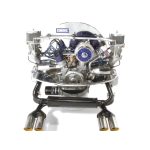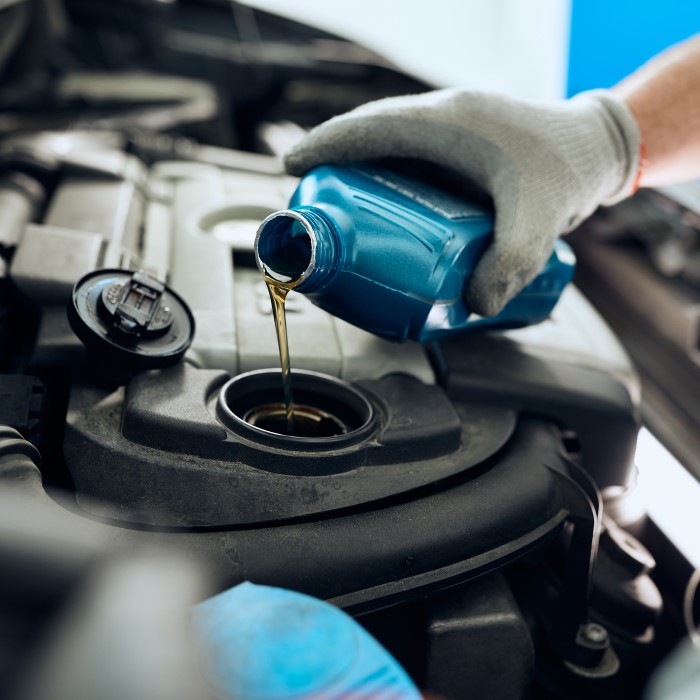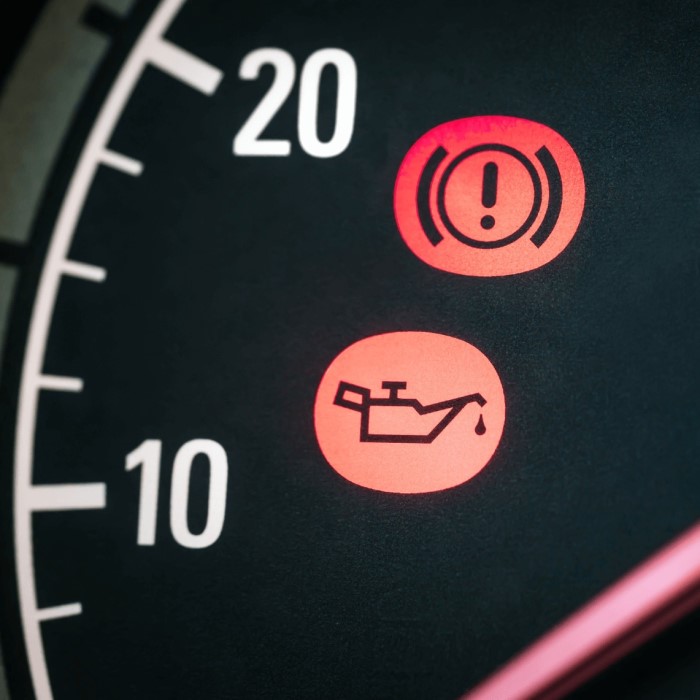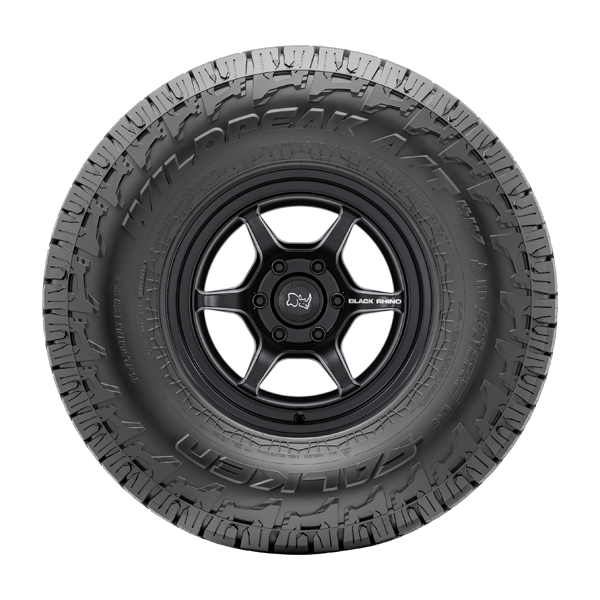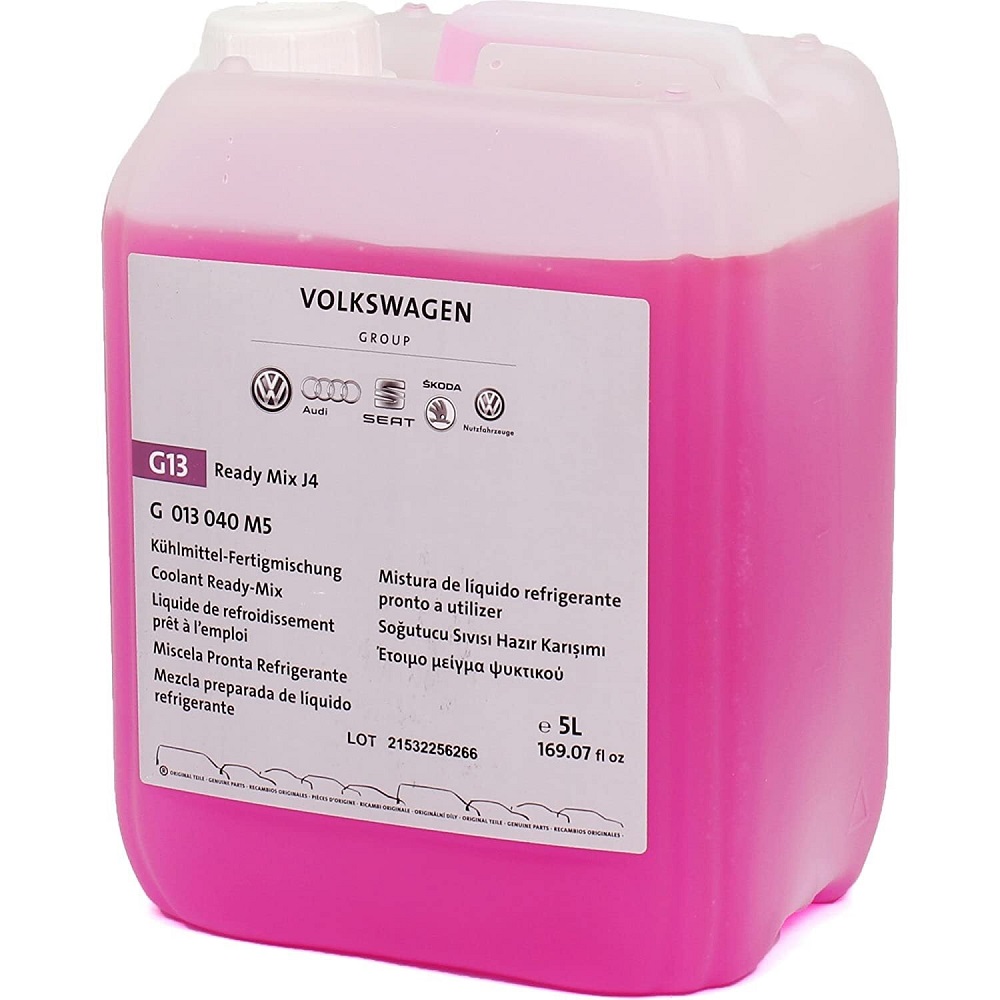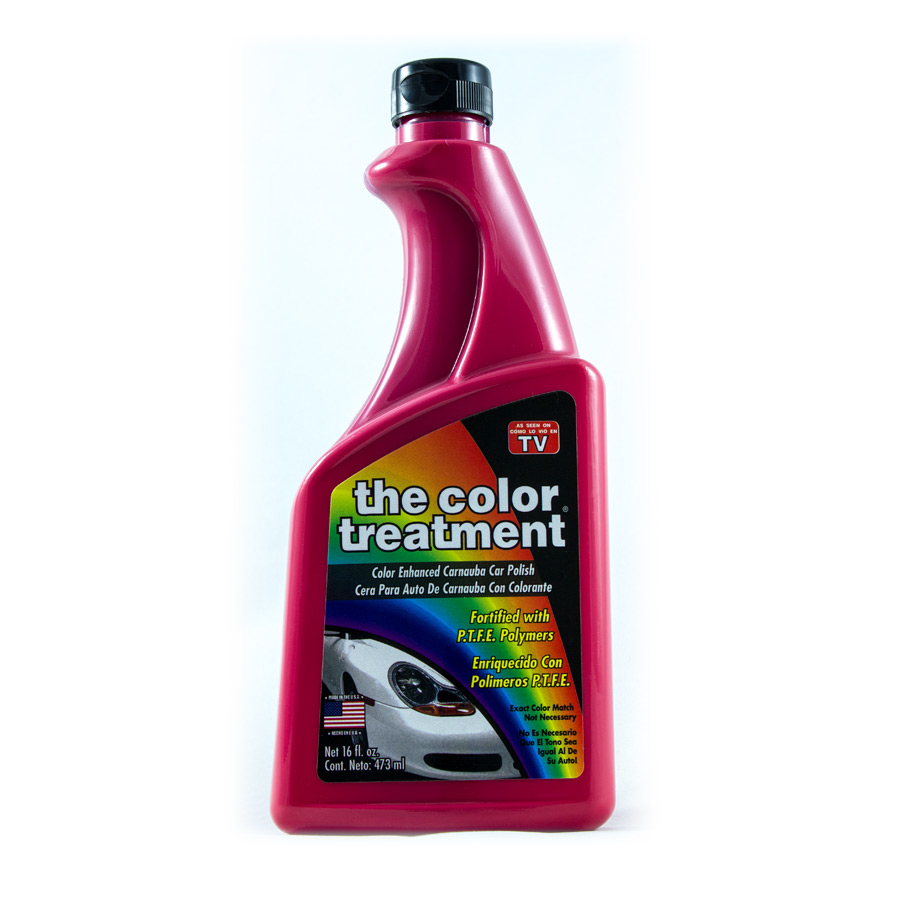Understanding Oil Changes and Engine Health
When it comes to maintaining a vehicle, one of the most crucial aspects is understanding oil changes. Many car owners often wonder, how long can a car go without an oil change? This question is pivotal for ensuring the longevity and performance of the engine. Failure to change the engine oil regularly can lead to severe repercussions, including engine damage and costly repairs. In this article, we will explore the recommended oil change intervals, signs that indicate it’s time for an oil change, and the benefits of keeping up with this essential maintenance task.

Why Regular Oil Changes Are Important
Regular oil changes keep your engine running smoothly. They protect engine components from wear and tear. Fresh oil reduces friction and prevents harmful sludge buildup. Most importantly, it extends your car’s lifespan and enhances fuel efficiency.
Effects of Delayed Oil Changes on Vehicle Performance
Delaying oil changes decreases engine efficiency. Old oil becomes thick and cannot lubricate properly. This increases friction, leading to overheating and potential engine damage. Delayed changes also reduce fuel economy, costing more in the long term.
Dirty oil fails to protect the engine from debris. This increases wear on vital parts, like the pistons and bearings. Over time, delayed oil changes can result in higher repair bills and decreased reliability.
Consequences of Neglecting Oil Changes
Neglecting oil changes can cause serious engine problems. Without fresh oil, sludge builds up inside the engine. This blocks oil flow and increases friction.
Eventually, vital engine components like the crankshaft or camshaft may fail. Repairing or replacing these parts is expensive. Long-term neglect can even cause engine seizure, which leads to total engine failure.
Ignoring oil changes also voids most vehicle warranties. Regular oil changes are an inexpensive way to avoid costly damage and maintain warranty coverage.
Factors That Determine Oil Change Intervals
Several factors impact how often you should change your car’s oil. Understanding these factors can help you maintain engine health and optimize vehicle performance.
Types of Motor Oil and Their Impact on Changing Frequency
The type of motor oil you use affects the oil change interval. Conventional oils break down faster, requiring changes every 3,000 to 5,000 miles. Synthetic oils last longer, extending intervals to 7,500 or even 10,000 miles. Synthetic blends offer a middle ground of improved performance and an extended interval, typically around 6,000 miles. High-mileage oils cater to older vehicles by reducing leaks and increasing durability. Always check your owner’s manual or consult a professional for the recommended oil type.
Driving Conditions and Habits
How and where you drive also impacts oil change intervals. Frequent short trips or stop-and-go traffic stress the engine and dirty the oil faster. Driving in extreme temperatures—hot or cold—can also degrade oil efficiency. Towing heavy loads or driving on rough terrain accelerates oil wear. On the other hand, highway driving at steady speeds consumes less oil. Track your driving habits to decide if you need frequent oil changes.
Manufacturer Recommendations vs. Practical Advice
Understanding manufacturer recommendations and balancing them with practical wisdom ensures your vehicle gets proper care. While manufacturers provide detailed maintenance schedules, they might not always account for real-world driving conditions.
Understanding Your Vehicle?s Maintenance Schedule
Every vehicle comes with a maintenance schedule tailored to its design and performance needs. This guide specifies oil change intervals, often based on mileage or time. For conventional oil, this may be every 3,000 to 5,000 miles. Synthetic oil often pushes this to 7,500 or even 10,000 miles.
Following your owner’s manual ensures your engine performs as intended. Manufacturers use extensive testing to determine these intervals. They account for engine durability, oil type, and average driving conditions.
However, your real-life driving habits and environment may differ from the ideal conditions assumed in the schedule. Short trips or extreme temperatures demand more frequent oil changes. Regularly reviewing your driving style helps determine if adjustments to the schedule are needed.
Modern Engines and Extended Oil Change Intervals
Modern engines boast advanced technology that extends oil change intervals. Synthetic oils and improved filtration systems enhance durability and efficiency. Some newer vehicles recommend oil changes every 10,000 miles or even longer.

These extended intervals rely on high-quality oils and proper engine conditions. Vehicles with oil life monitoring systems further optimize timing. These sensors analyze factors like driving habits, speed, and temperature to provide precise recommendations.
While extended intervals save time and money, they require vigilance. Monitor oil levels, check for warning lights, and ensure oil quality. Neglecting these checks can lead to engine damage, despite advanced systems.
Balancing manufacturer advice with real-world factors ensures optimal engine health. Consult a professional if you’re unsure about extending oil change intervals.
Signs That Your Car Needs an Oil Change
Recognizing the signs that your car needs an oil change can prevent engine problems. Proper timing ensures your engine stays efficient and reliable.
Warning Lights and Dashboard Indicators
Modern vehicles include dashboard indicators designed to alert you about oil issues.
- Oil Change Light: This light signals that it’s time for an oil change. Your car’s computer tracks driving and oil conditions to activate it.
- Check Engine Light: While this light signals various problems, low or dirty oil may trigger it. If this light appears, check your oil level first.
- Oil Pressure Warning: A red oil can icon indicates low oil pressure. Address this immediately to avoid engine damage.
Paying attention to these dashboard indicators protects your car. Don’t ignore them to prevent costly repairs.
Physical Symptoms of Engine Trouble Related to Oil
Sometimes, your car shows physical signs when it needs an oil change. These include:
Noisy Engine
- Fresh oil plays a crucial role in lubricating the various moving parts of an engine. This lubrication is essential for minimizing friction between components.
- A well-lubricated engine tends to operate quietly, as the oil reduces the interactions that cause noise.
- If you notice an increase in engine noise, it can be a clear indicator that the oil has become dirty or that the oil level is low.
- In particular, knocking or rattling sounds may suggest that the engine parts are not receiving adequate lubrication. Addressing this issue promptly can prevent further damage to the engine.
Vibrating or Shaking
- Proper lubrication is vital for ensuring that moving parts within the engine operate smoothly. When the oil becomes degraded or insufficient, it fails to lubricate effectively.
- Increased friction caused by poor lubrication can lead to engine vibrations or a noticeable shaking sensation.
- These vibrations can not only affect the comfort of your ride but also indicate potential mechanical issues requiring immediate attention.
- Ignoring these symptoms may lead to severe engine problems down the line, so it’s essential to investigate any unusual vibrations.
Exhaust Smoke
- The color of the smoke emitted from your vehicle’s exhaust can provide significant clues regarding the engine’s condition.
- Blue smoke is particularly concerning, as it indicates that the engine is burning oil. This situation often arises due to oil leaks or low oil levels.
- If you notice blue smoke, it may signal that oil is leaking into the combustion chamber, where it is burned alongside fuel.
- Such a problem should be addressed quickly to prevent further damage to the engine and to maintain optimal vehicle performance.
Strong Oil Smell Inside Car
- A strong smell of oil inside the car can be alarming and often suggests underlying issues.
- This odor may occur if oil is leaking onto hot engine components, resulting in the oil burning and creating fumes that enter the cabin.
- Not only is this a sign of a potential leak, but it can also pose safety concerns, as the fumes could irritate passengers and be hazardous to inhale.
- If you detect this smell, it’s advisable to have your vehicle inspected by a professional to identify and rectify any leaks.
Dark or Dirty Oil
- Regularly checking the condition of your engine oil is an essential part of vehicle maintenance. This can be done using the dipstick.
- Fresh, clean oil typically has an amber hue and is transparent. In contrast, dark or thick oil indicates contamination and degradation.
- If the oil on the dipstick appears dark and gritty, it’s a strong indication that it requires replacement.
- Failing to change dirty oil can lead to significant engine wear and decreased performance, so it’s essential to monitor oil condition regularly.
Decreased Performance
- Another telling sign of overdue oil changes is a noticeable decrease in your vehicle’s performance.
- Poor fuel efficiency can manifest as increased fuel consumption or reduced responsiveness during acceleration.
- If your car feels sluggish or fails to accelerate as it should, it may indicate that the engine oil has lost its effectiveness in lubricating the engine components.
- Addressing overdue oil changes can help restore performance levels, improve fuel efficiency, and enhance the overall driving experience.
Tend to these symptoms promptly to keep your car running smoothly. Neglecting them increases fuel costs and risks severe engine damage.
How Long Can a Car Go Without an Oil Change?
How long can a car go without an oil change? Timely oil changes are essential for maintaining your car’s health and performance. However, life can get busy, and you may occasionally wonder how long your car can go without one. Let’s explore the risks of delaying oil changes and understand mileage limits and exceptions for specific situations.
Risks of Prolonged Oil Change Delays
Delaying oil changes can have serious consequences for your car’s engine. Here are some key risks:
- Increased Engine Wear: Old oil loses its lubricating properties, leading to friction between moving parts. This increases wear and tear on the engine components.
- Sludge Buildup: Over time, oil breaks down and forms sludge. This sludge blocks oil flow, reducing efficiency.
- Overheating: Thick, dirty oil fails to dissipate heat effectively. This can lead to engine overheating.
- Reduced Component Lifespan: Vital engine parts like pistons and bearings can fail, resulting in expensive repairs.
- Decreased Fuel Economy: Dirty oil creates drag in the engine, reducing fuel efficiency and increasing costs.
Ignoring oil changes can shorten your engine’s lifespan and lead to breakdowns. Addressing this promptly helps avoid major damage.
Mileage Limits and Exceptions
The length of time your car can go without an oil change depends on several factors:
- Conventional Oil: Typically needs changing every 3,000 to 5,000 miles. Delaying beyond this range risks oil degradation.
- Synthetic Oil: Provides longer intervals, usually between 7,500 to 10,000 miles. Some high-quality brands even go up to 15,000 miles.
- Driving Habits: Short trips, heavy traffic, or extreme environments require more frequent oil changes. Gentle highway driving might allow you to stretch intervals slightly.
- Oil Life Monitoring Systems: Modern cars feature these systems, which adjust recommendations based on real-time conditions. However, do not solely rely on this and still check your oil regularly.
- Vehicle Age: Older cars with high mileage need more frequent attention due to wear and tear.
While synthetic oils and modern engines offer extended intervals, avoid pushing limits too far. Stick to the manufacturer’s guidelines and adjust based on your driving habits. Routine checks can help identify if your oil needs changing sooner.
Tips for Keeping Your Engine Healthy
Maintaining your car’s engine health ensures better performance, longevity, and fuel efficiency. Follow these tips to keep it running smoothly.
Maintaining a Consistent Oil Change Schedule
Sticking to a regular oil change schedule is vital for engine health. Fresh oil keeps the engine lubricated and reduces friction. Refer to your car’s manual for the recommended intervals. Adjust these intervals based on your driving habits and conditions.
Short trips, heavy traffic, and extreme weather may require more frequent changes. Synthetic oils allow longer intervals but still need timely replacements. Use reminders or mobile apps to track oil change deadlines. Regular changes prevent costly repairs and preserve engine performance.
Combining Oil Changes with Regular Vehicle Maintenance
Coordinate oil changes with other standard maintenance tasks for complete vehicle care. Check and replace air and fuel filters during oil changes. Inspect belts, hoses, and brake pads as well. Top off fluids like coolant, brake fluid, and windshield washer fluid.
Examine the tires for proper inflation and even wear. Also, monitor battery health and clean any corrosion. A comprehensive check-up during oil changes improves overall vehicle reliability. Regular maintenance ensures safer, smoother, and stress-free driving.
By maintaining a consistent oil change schedule and combining it with other tasks, your car remains in excellent shape. This approach saves money and helps avoid unexpected breakdowns.
Alternatives to Traditional Oil Change Intervals
In recent years, advancements in motor oil technology have changed oil change routines. Traditional intervals are evolving to accommodate modern oils and vehicle needs. Let’s explore how synthetic and high-mileage oils offer alternatives.
Synthetic Oil Versus Conventional Oil
Synthetic oil outperforms conventional oil in many ways. It lasts longer due to better heat resistance. This allows extended oil change intervals, often up to 7,500 or 10,000 miles. Some high-quality synthetic oils even reach 15,000 miles under optimal conditions.
This oil also flows better in cold temperatures, ensuring quick lubrication during startup. It resists sludge formation, keeping the engine cleaner over time. Synthetic oil is ideal for modern engines and high-performance vehicles.
Conventional oil, on the other hand, is less durable. It breaks down faster and requires frequent changes, typically every 3,000 to 5,000 miles. However, it costs less than synthetic oil, making it suitable for older or low-use cars.
Always consult your owner’s manual to know your car’s specific oil requirements. Choosing the right oil enhances your engine’s efficiency and longevity.
Using High-Mileage Oils for Older Cars
High-mileage oils are tailored for vehicles with over 75,000 miles. These oils contain additives that reduce leaks and minimize oil consumption. They also improve seals, helping older engines perform better.
These specialized oils include detergents to clean engine components. They also protect against wear, extending your vehicle’s lifespan.
High-mileage oils are usually available as blends of synthetic and conventional oils. This mix balances affordability with performance. They are a practical choice for aging vehicles that need extra care.
Switching to high-mileage oils can address common issues like oil leaks and reduced efficiency. If your car is older, consider this option for better engine health.
By understanding these alternatives, you can optimize your oil change routine. Synthetic and high-mileage oils cater to specific needs, helping you maintain your car effectively.
Final Thoughts
In conclusion, understanding how long can a car go without an oil change is integral to maintaining your vehicle. Regular oil changes not only enhance engine performance but also prevent costly repairs down the line. By keeping an eye on your oil level, recognizing the signs that it’s time for an oil change, and establishing a maintenance schedule, you can extend the life of your vehicle. Always remember that proactive maintenance today will lead to peace of mind tomorrow. Make those oil changes a priority, and your engine will thank you.
With this comprehensive understanding, you are now equipped to keep your car in optimal condition. So, set those reminders and take the initiative; your engine will remain healthy, and your ride smooth for years to come!





